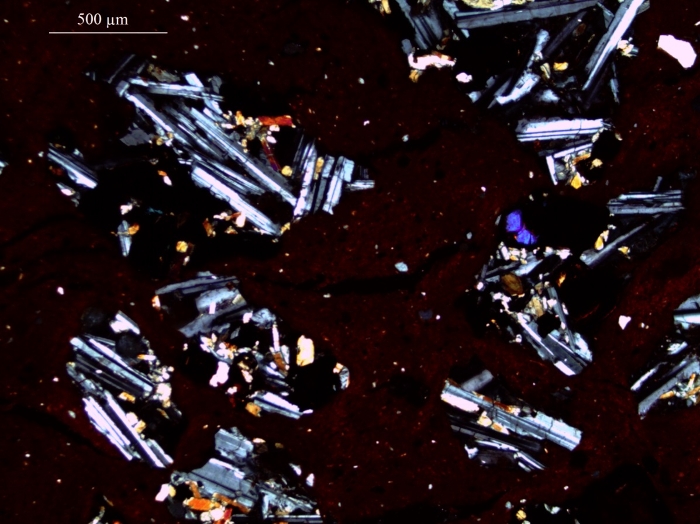Research facilities
Laboratory for Ceramics Studies
- Availability
- Facility is available for all students and staff for research.
- Location
-
Van Steenis
Einsteinweg 2
2333 CC Leiden
- Contact
- Dennis Braekmans
Research facility description
In the Ceramics Laboratory the macro- and micro-aspects of traditional pottery excavated by archaeologists are investigated. Emphasis is put on the experimental reconstruction on ceramic objects. During the past decennia a broad expertise in ceramic techniques and materials was developed. An extensive reference collection of ceramics and clays is available, covering materials and resources from The Near East, Africa, Europe and Southern-America. Besides the technological development and production of the ceramic vessels itself, many surface treatments and decoration modes are being reconstructed.
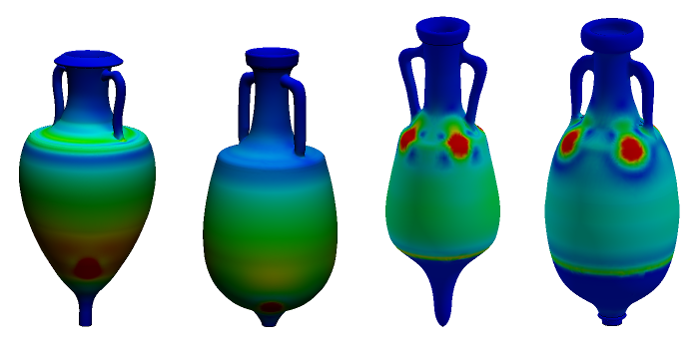
The overarching aim of the research is to establish the relation between manual, functional, physical, chemical and archaeological aspects of earthenware. An important item in this respect, is the correlation between several systems of pottery classification, like the archaeological, the morphological and the technological typologies next to archaeometric analyses.
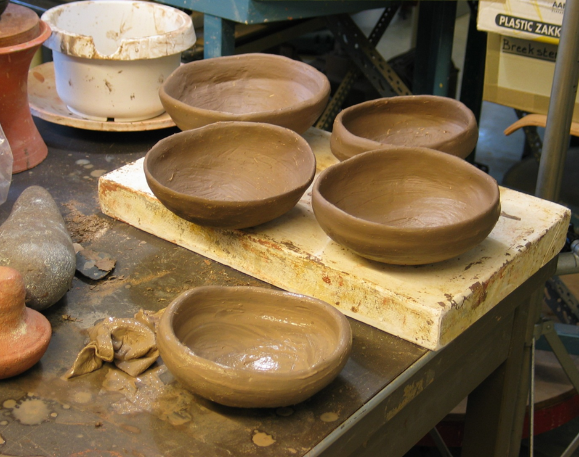
The archaeological relevance of experiments
A way to obtain information from archaeological artifacts is to interpret traces of the original techniques of production, which are or may be still visible on the objects. To be able to explain diagnostic traces, it is often necessary to have a more than theoretical knowledge of the specific production methods. Reconstructions are made to obtain reliable insights in several aspects of the technology of, in this case, pottery production. Such experiments are of use as a support and control of theory. Often archaeological objects are not diagnostic, and incorporate no direct visible traces of production on them. In such cases methods of construction have to be deduced. Important aspects can be the size, the shape, the color, the composition, but also the knowledge of how to make comparable artifacts and the problems that may occur when doing so. Because related to the availability of raw materials, appliances, knowledge of techniques, experience and infra-structure, method of construction is considered a stable and less variable factor than for instance the shape itself. This makes an analysis of the shaping techniques a good standard for categorization.
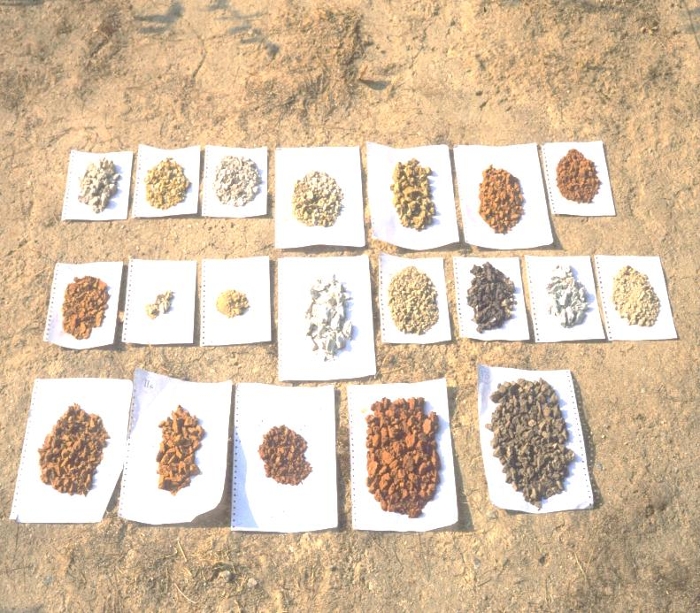
In turn experiments are an important way to obtain insight in the specific behavior and performance of materials, and to get familiar with full technological development of a wide range of ceramic objects.
The laboratory for Ceramics studies consists of Dr. Dennis Braekmans and Mr. Loe Jacobs.
Why Leiden University?
Leiden University and the faculty of Archaeology have a long standing tradition in the study of ancient ceramics. Since the 1980s an extensive expertise was built involving the study of pottery from the Near East and the Mediterranean. Over the years, expertise and reference collections have been extended with ceramics from North West and Central Europe, North Africa, Southern America and the Caribbean region.
Material & Methods
The Laboratory for Ceramic studies is equipped to cover full macro- to micro scale analysis of all ceramic materials. This includes clay processing, experimental reconstruction, workability, mechanical and performance tests, re-firing studies and petrographic analysis. Colour, shrinkage, porosity, heat-shock resistance, permeability, strength, hardness, water content, plasticity and mineralogical composition can be measured in a comparative way. Also materials can be heated under controlled and repeatable conditions. Attached to lab are preparation facilities for high resolution chemical analysis. The lab provides a wide range of commercial and natural clays for processing and research. Moreover the laboratory hosts a large reference collection of ceramic materials from past excavations in the Eastern Mediterranean and Near East.
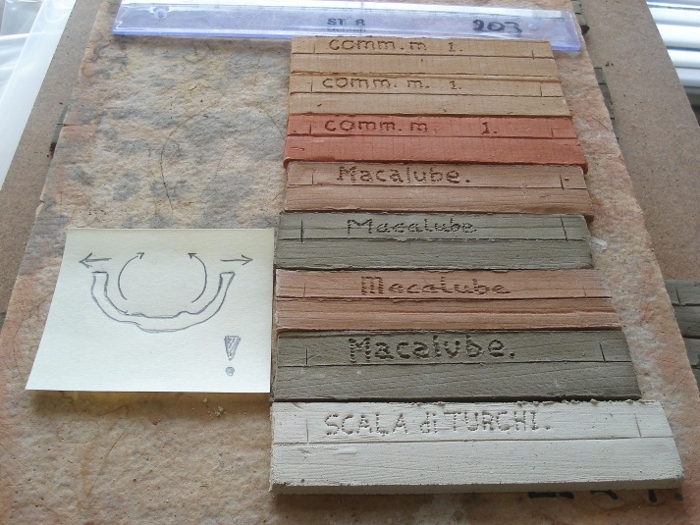
Access to state-of-the art reconstruction tools, gas- and electrical kilns and wide range of microscopes (stereoscopic, petrographic) is facilitated. An experimental kiln is available off site through the Horsterwold Experimental Project (Prof. dr. Annelou van Gijn) which incorporates ancient kilns build by the laboratory. The laboratory for Ceramic studies works in close collaboration with the Laboratory Artefact studies and shares macroscopic and microscopic facilities.
Geochemical characterization techniques are conducted in collaboration with Delft University of Technology. TU Delft (The Netherlands)
The methodological framework consists of:
- Experimental research focused on the relation between resources, the production and utilization of earthenware.
- Technological analysis of ceramic assemblages: fabric analysis, production method reconstruction and simulation of firing experiments
- Suitability and workability analyses of natural clay samples as a comparison for archaeological materials
- Characterization of chemical, mechanical and mineralogical properties of ancient ceramics and raw materials (in corporation with Laboratory for Materials Science and Engineering – TU Delft)
- Ethno-archaeological investigation related to contemporary ceramic producers and artisans. This approach includes the recording and registration (video, interview, etc.) of fast disappearing technological evidence of production methods.
- Comparative studies of technological ceramic analysis with existing (traditional) ceramic typologies and museum collections.
